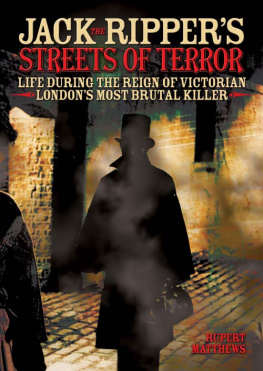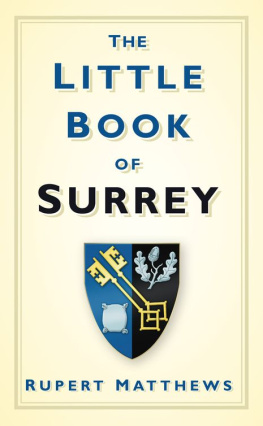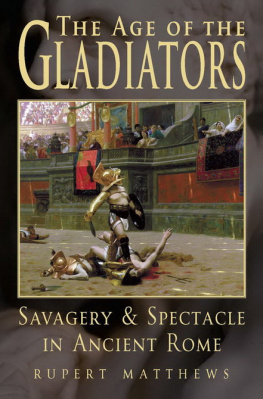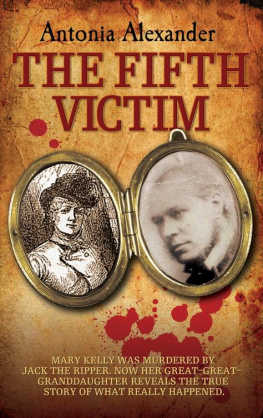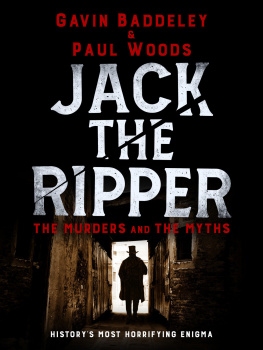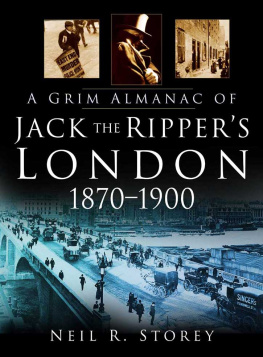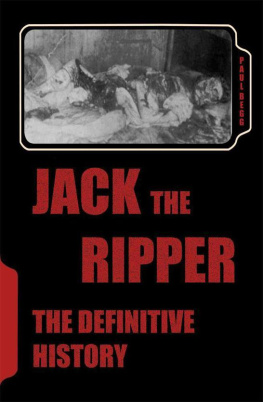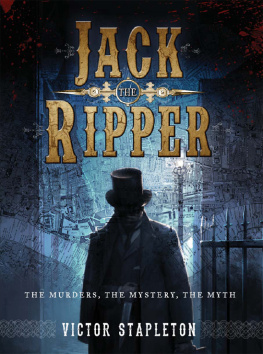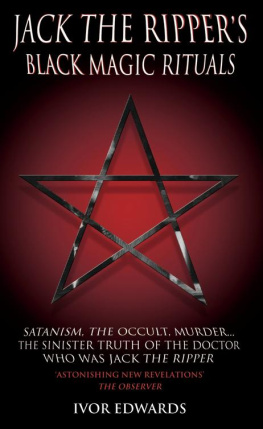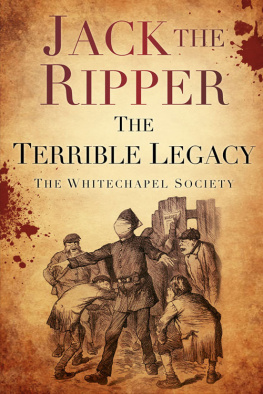
RUPERT MATTHEWS



This edition published in 2013 by Arcturus Publishing Limited
26/27 Bickels Yard, 151153 Bermondsey Street,
London SE1 3HA
Copyright 2013 Arcturus Publishing Limited
All rights reserved. No part of this publication may be reproduced, stored in a retrieval system, or transmitted, in any form or by any means, electronic, mechanical, photocopying, recording or otherwise, without prior written permission in accordance with the provisions of the Copyright Act 1956 (as amended). Any person or persons who do any unauthorised act in relation to this publication may be liable to criminal prosecution and civil claims for damages.
ISBN: 978-1-78212-801-4

CONTENTS
INTRODUCTION
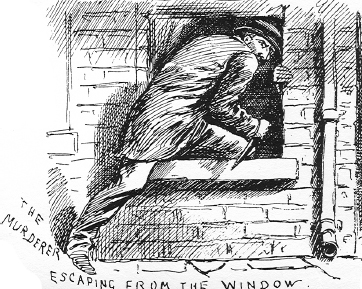
The killer as imagined by a contemporary newspaper. The killings have lived on in the public imagination for a very long time
THE RIPPER
The serial killer known as Jack the Ripper terrified London for months, brought huge crowds out on to the streets, eluded the police and baffled the medical experts of the time. Even today, nobody is entirely certain how many women Jack the Ripper killed, if he attacked others or how he chose his victims. And he continues to exert a baleful influence over the city he once terrorized. The streets he stalked are today very different, but they still exist. Tour guides usher visitors from murder scene to murder scene, dropping off for a drink in the pubs frequented by the victims and their killer.
It is not the number of victims that Jack the Ripper claimed that ensure his lasting fame. Only five women were definitely killed by him, and certainly there were no more than eight victims. Other serial killers since then have murdered more. And although the horrific mutilations Jack the Ripper carried out were disturbing and violent, they too have been surpassed since. In the records of serial killers, Jack the Ripper is unexceptional in many ways. But he remains the most famous of them all.
In part this is because he was one of the very first serial killers in the modern sense of the word. In part it was because he was never caught. But largely it was because of the absolute state of terror to which he reduced the greatest city on earth. London was then the most populous city in the world, and the capital of the greatest empire the world had ever seen. Its wealth, sophistication and architecture were famous across the world. Despite the poverty of its East End, London had a water and sewage system so modern that both are still in use today. Street lights illuminated every road, street and alley. The system of law enforcement was the envy of the world.
And yet a sex-crazed serial killer could operate with impunity. Jack the Ripper killed silently, swiftly and apparently at random. But not, it seemed, modestly. Dozens of letters were received by the police and by newspapers. All were followed up, most were hoaxes and at least one person landed in court for wasting police time. But a handful of letters showed detailed knowledge of the crimes. Two were signed Jack the Ripper giving the faceless murderer a name and one contained a piece of human kidney apparently taken from one of the victims.
The effect this had on London was shocking, and it is this that has ensured the lasting fame of Jack the Ripper. When one suspect was arrested a crowd of over 2,000 gathered outside the police station to demand that he be sent out for summary justice. Another mob had a rope over a lamppost and some of its members were dragging their victim towards it for a lynching before the police managed to intervene. Men were beaten up for looking at a woman oddly, or dragged to a police station for incarceration simply for being dressed unusually. With terror paralysing the population, anyone could be a suspect and hundreds were.
The fear and terror that the killer induced forced the police to take the murders seriously. The very best brains that the British police had were sent to Whitechapel to tackle the killer. Hundreds of men were pulled in for detailed questioning, thousands of homes and businesses were searched and street patrols were stepped up. And yet still the killings continued.
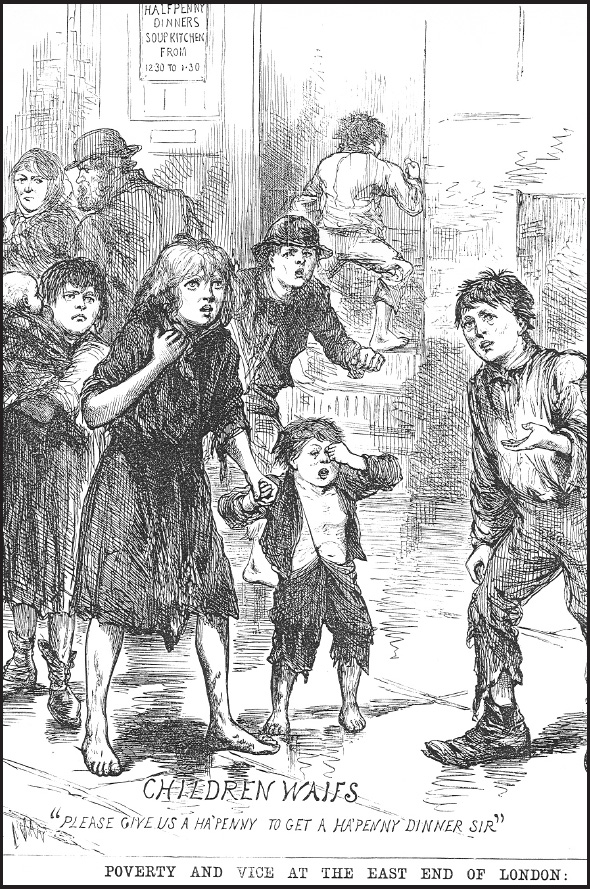
East End children beg for money to buy food. Barefoot children were a common sight in poor areas of London
The Londoners decided to take things into their own hands. A vigilance committee was set up, funded by local businessmen. Rewards were offered for information, and large numbers of tough men were employed to patrol the streets armed with clubs and pistols. The vigilantes were certainly enthusiastic. Among the men they arrested was a Scotland Yard detective trying to follow up a lead late one evening.
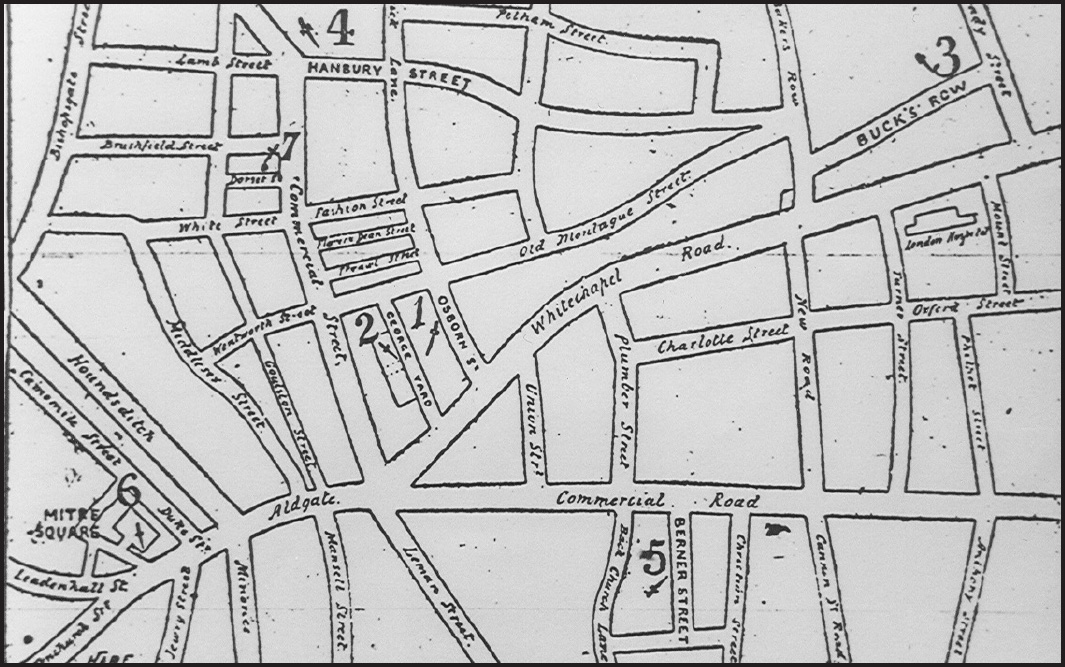
A map of 1888 shows the locations of the murders. All the attacks took place in a small area of east London
London became a city of horrors, terrors and victims, all dancing to a macabre tune set by a faceless murderer. It became the hunting ground of Jack the Ripper.
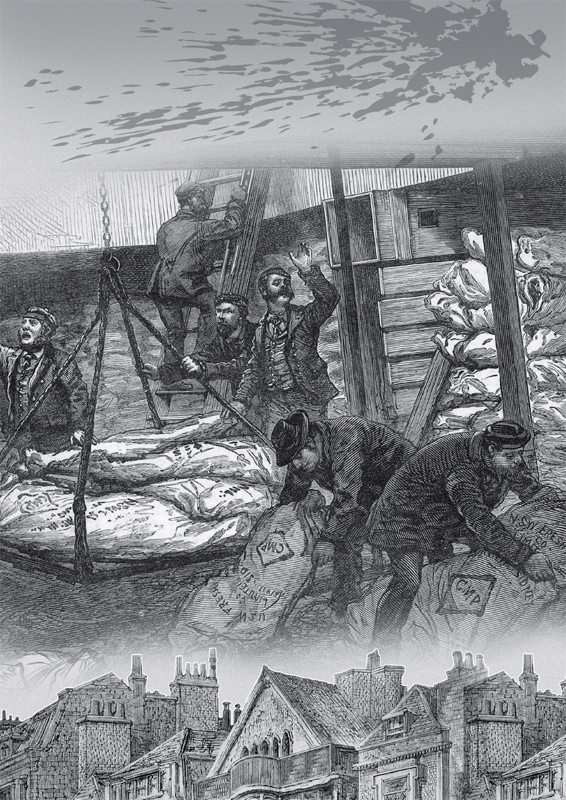
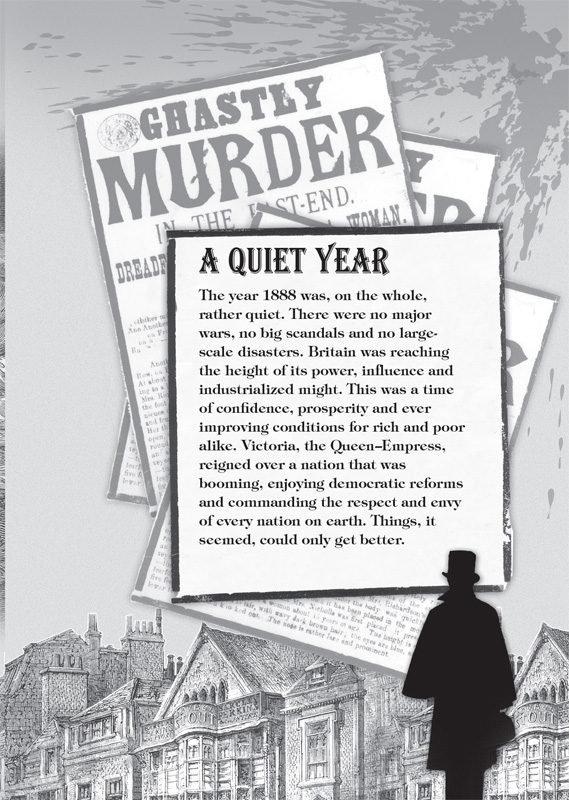
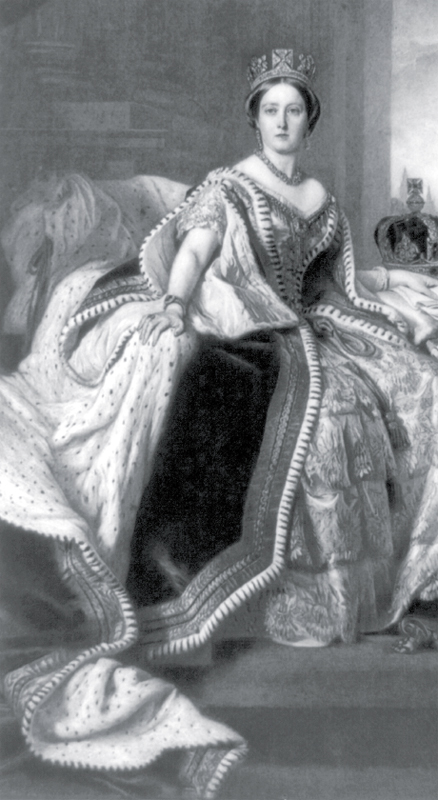
The coronation portrait of Queen Victoria. By 1888 Victoria had been on the throne for nearly 50 years
A TIME OF INCREASING PROSPERITY
The recent history of Britain seemed to indicate that a golden future awaited the country and its inhabitants. As never before people in Britain were involved in international affairs. The upper classes went abroad as colonial governors and administrators. The middle classes went overseas to trade and make money. Even the very poorest went out to see the world, for the soldiers of the Queen marched over six continents in their distinctive red coats. Everywhere the British went they experienced strange and intriguing customs, and were constantly reminded of the material superiority of their own, heavily industrialized country.
On the international stage Britain had been making the running for years. In 1855 the Russian Empire had been defeated in the Crimean War. In 1858 the Indian Mutiny had been put down, the last Indian Emperor dethroned and the British Queen Victoria given the title Empress of India. In 1875 Britain bought the Suez Canal, and effectively took over Egypt to safeguard it. In 1874 the Ashanti Empire of West Africa was overcome and in 1880 the mighty Zulu Empire of southern Africa was destroyed. In 1878 Britain had acted as diplomatic power broker of Europe, forestalling a war between Russia and Austria- Hungary, and had picked up Cyprus by way of reward. All these glories and triumphs were reported in glowing detail in the newspapers and snapped up by an appreciative reading public.
Next page
